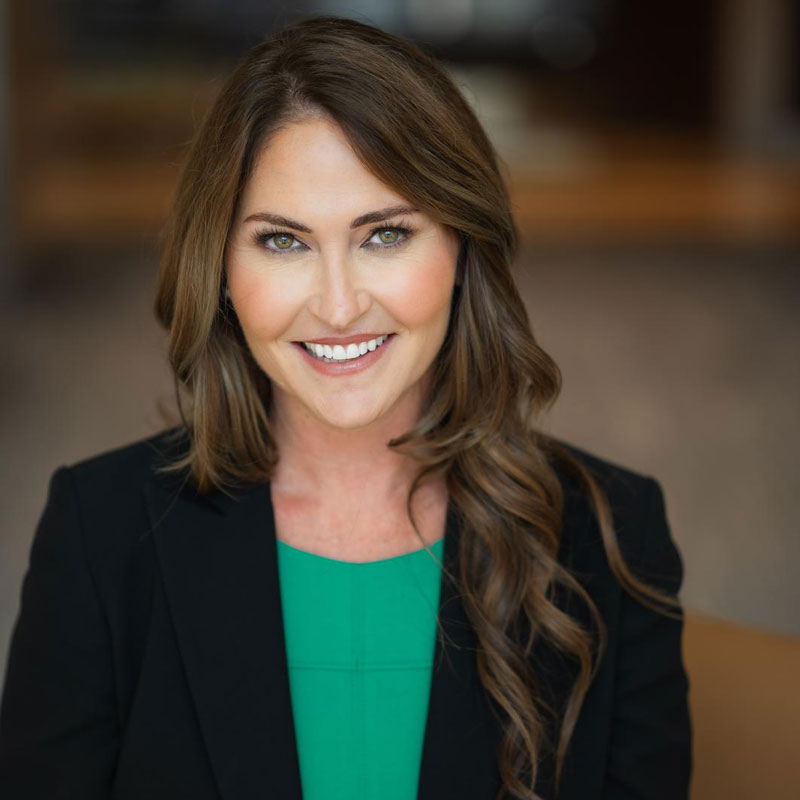Pricing functions experienced high exposure to the ‘great resignation.’ The current 40-year high inflationary environment further exacerbates the pricing supply-demand talent gap as organizations lean on pricing teams to support cost and margin pressure strategically.
Consequently, pricing professionals are accelerating their career journeys and making strategic moves, whether in pricing or tangential functions.
Winning organizations recognize these trends and proactively foster an influential culture and career development platform to grow and retain talent. Cultures that promote from within and retain talent are more likely to deliver better output that blends pricing expertise with business knowledge.
Investing in career development has clear value, but the methods companies can use aren’t as obvious. In our experience, many organizations are asking how to build sustained talent development: What are the best practices for talent development? What is the talent development journey across each level?
4 Best Practices For Talent Development
Leading organizations utilize the following best practices to develop their talent.
- Transparent Communication and Goal-Setting
The best pricing leaders start by having cadenced one-on-one meetings with team members. Ideally, these meetings are weekly and bi-weekly for direct reports and monthly for individuals two levels below.
These meetings can cover work content, feedback, and general reflections on work-life balance. Within a 1- to 2-month span, at least one of these meetings should center around the individual’s career development goals. These conversations should calibrate against position-relevant competencies, discuss career-pathing progress and goals, and align on clear next steps.
- Onboarding and Training
As previously mentioned in other articles, the best pricing organizations take the strongest overall candidates and compromise on pricing-related experience. These organizations must then commit to codified training content and resources. In addition, new team members should be assigned a peer mentor who can point to available resources and answer questions.
Content and training should be stored in shared folders and contain precise actions and priorities. Best practice is to divide this information into three knowledge areas: functional, technical & analytical, and institutional.
Functional knowledge includes overviews on pricing methodologies (e.g., A/B testing best practices, financial impact modeling, etc.) and templates (slides, spreadsheets, tools).
Technical knowledge will provide tools and systems and their use cases. In addition, storage of common queries, data schemas, dashboards, and other tools should be available.
Institutional knowledge requires more hands-on support from the peer mentor and supervisor – the peer mentor should be responsible for providing an organizational overview. In contrast, the supervisor is responsible for arranging introductory meetings with peers and business counterparts.
- Continuous Networking
Many organizations are siloed, and lower-level employees often fail to gain broad exposure. In these instances, the best leaders will take it upon themselves to help their team members network within the organization.
Inter-organizational networking starts with defining career goals and then identifying the business area and contacts that align with the associate’s interests. From there, it’s the employee’s responsibility to maintain and grow relationships. Leaders should be willing to leverage their network and make warm introductions on behalf of team members.
- Career Development Criteria in Leadership Evaluations
We recommend against evaluating leaders by simplistic metrics such as employee satisfaction scores or simple turnover metrics. Low performers will often reflect their frustration in employee satisfaction surveys or resist accountability from leadership.
Further, turnover metrics can be deceiving. ‘Good turnover’ should be viewed positively: supporting high-performers interested in roles outside their team and coaching low-performers out of the function or organization.
To better calibrate a leader’s effectiveness as a people manager, we recommend tracking the percentage of employees who have reached career goals or milestones. This requires leaders and team members to document and track these goals, creating mutual incentives.
The Talent Development Journey Across Levels
Wondering how to develop talent across various seniority levels? Let’s take a look.
Analyst
Analysts, especially when hired directly from university, will require around 6 months to develop their professional repour and fluid analytical & technical skills.
Given the availability of internships, analysts should have a basic foundation in Excel and other tools they can leverage to complete sub-tasks within a broader deliverable.
Over time, analysts are expected to gather information more independently and formulate output when provided templates and initial guidance by more senior staff. Second, analysts must show more impressive resourcefulness and grasp critical functional methodologies and business knowledge.
Senior Analyst
Senior analysts should have the repetition and resourcefulness to drive deliverables with minimal guidance. Their onboarding should be more expedited than analysts, given more business and analytical experience.
Over time, senior analysts should be able to complete deliverables end-to-end with a high degree of independence and make meaningful contributions in meetings and presentations.
Manager & Senior Manager
Managers should own deliverables end-to-end and have demonstrated the ability to develop relationships with business leaders. Their onboarding should be relatively quick if hired externally, emphasizing addressing institutional knowledge and building repour with business counterparts.
Over time, managers will become more adept at not simply delivering what leaders ask but instead anticipating needs and follow-up questions while demonstrating comfort with ambiguity. Organizations should be able to see improvement in the following areas: more delegation, reduced iteration cycles, and proactive analyst coaching.
Directors & VPs
This cohort should be fully capable of developing broader pricing strategies with senior business leaders and translating more general business objectives into tangible output. They should possess the business acumen and intuition to influence decisions and set prioritization with their teams and senior business leaders.
Onboarding should emphasize relationship-building with business leaders over technical and analytical training.
Over time, directors and VPs should build an organization staffed with middle-to-high performers and a growing number of current and former team members. The highest performers will become the most trusted advisors to senior leaders and move into more senior-level roles or shift to other functions for broader exposure.
Hiring Senior Leaders
Training and developing talent is perhaps the best way to build the leaders of tomorrow. But what about today’s leaders?
If you need help sourcing senior-level pricing talent for your organization, Jennings Executive would love to help. Contact us today. an-executive-recruiters-guide-to-developing-the-best-pricing-talent
















